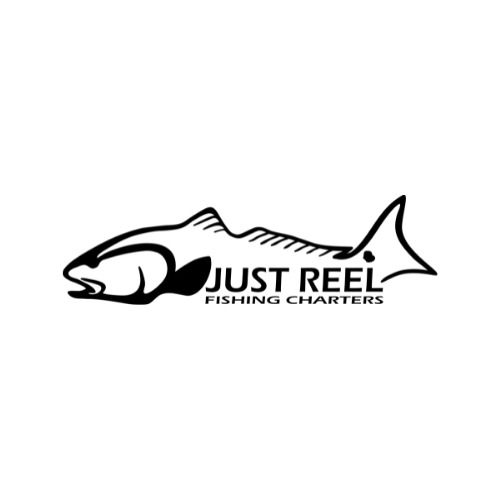Lyngbya invades local waters effecting water, air quality
Anna Maria Island anglers fishing the inland waters Tampa Bay southward to Sarasota Bay are being plagued by expansive floating mats of Lyngbya which is limiting their options on where to fish.
Lyngbya is a filamentous cyanobacteria, a blue-green algae. It grows in tropical and subtropical waters and is capable of producing secondary metabolites which acts as a feeding deterrent to crabs, shorebirds and fish.
Changes in temperature and increases in nutrients, such as nitrogen and phosphorus can cause Lyngbya to grow exponentially, causing the huge floating mats we are seeing in our local waters.
Increased human populations around our watershed is causing increases in nutrients due to sewage, septic tanks, agricultural fields and fertilized lawns. This combined with an increase in paved services such as roads and other developments, effects the natural filtration of vegetation which in turn releases nutrients into our waterways via drainage ditches, groundwater, rivers, runoff and storms, which triggers mass blooms of Lyngbya.
Once the Lyngbya has surfaced it ebbs and flows with tides eventually washing up on shorelines and choking up canal systems, causing a void in sea life, as well as emitting a pungent odor similar to raw sewage.
The large mats pose a threat to intakes on boat engines, causing them to overheat or malfunction, which can require on the water repairs to prevent future issues.
Finally Lyngbya can cause a mild skin irritant and asthma-like symptoms.
Now you have a general understanding of Lyngbya I guess the real question is, what can we do to prevent it or at least minimize it?
We need to limit development. Although this probably won’t happen in Manatee County – as proven by the large developments east of I-75. With many developments, golf courses and communities lining the Manatee River, it’s safe to say we can expect to see more Lyngbya in the years to come.
And with the addition of the development on the eastern shore of Sarasota Bay by Long Bar, it will only be a matter of time before we see a decline in water quality in Sarasota Bay as well.
As individuals we can try to make a difference minimizing the amount of fertilizer we use on our lawns. This is especially important the closer you live to the water.
Maintaining septic tanks to ensure they are functioning properly is also advantageous, although the elimination of them altogether would be the best scenario.
Finally, just taking it upon ourselves to educate each other on measures that we can take to ensure quality standard that will live on for future generations.
On my Just Reel charters of Anna Maria, I’m seeing plenty of spotted seatrout. And I’m catching them in areas where there’s no Lyngbya.
Deep flats with good tidal flow are producing the best action for these trout. Free-lined shiners are working as bait. Other species, such as mackerel, jack crevalle, ladyfish and bluefish are being caught in the mix.
Fishing along mangrove shorelines is yielding snook and redfish. This bite is best on higher parts of the tide.
Lastly, blacktip sharks are on the prowl — both on the flats and along the beaches — which is making them targetable for anglers who wish to hook into a large fish.

